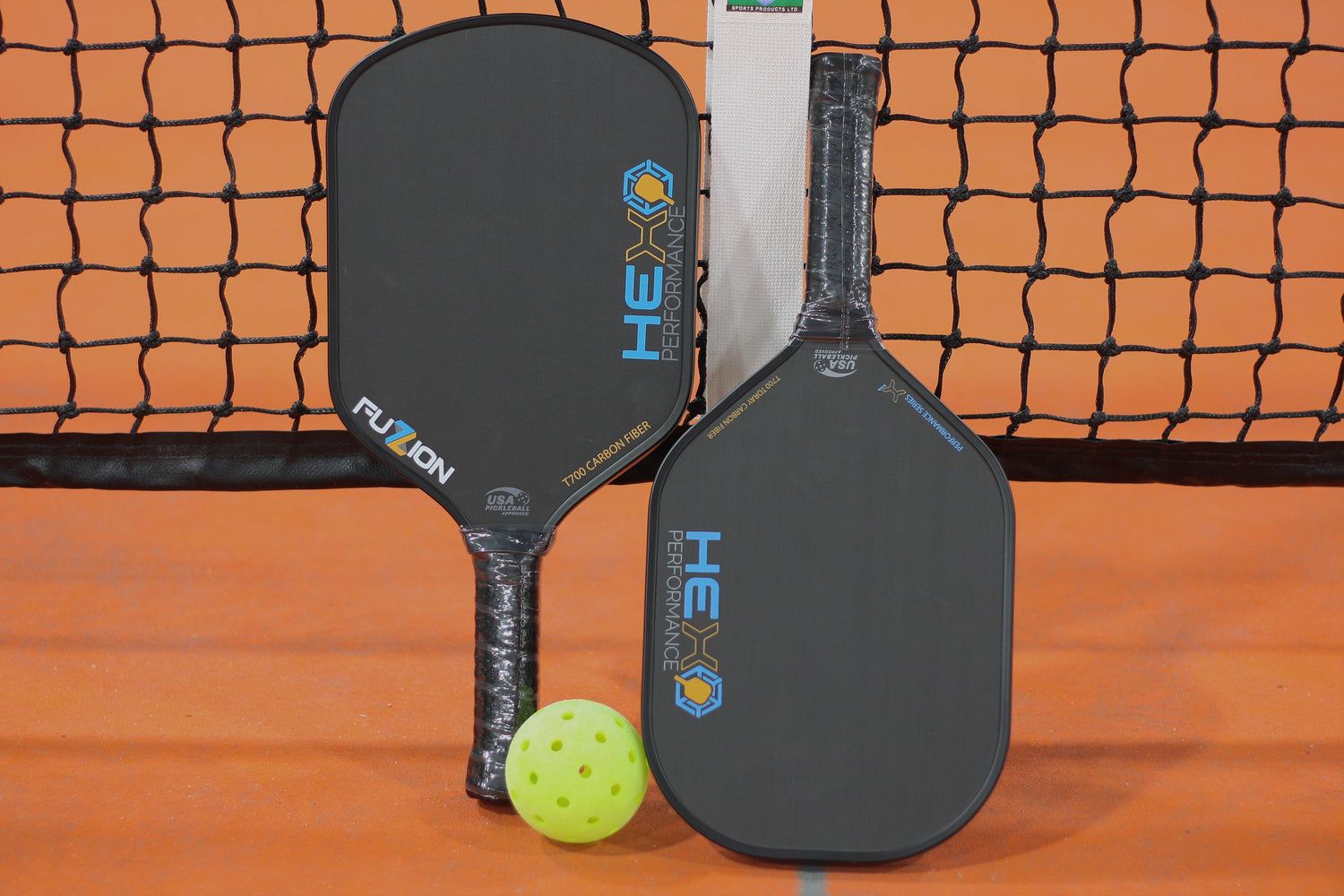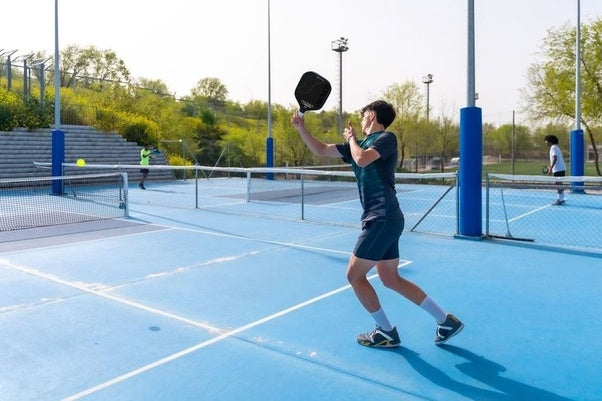In recent years, an unassuming paddle sport has taken the United States by storm: pickleball. With its unique blend of elements from tennis, badminton, and ping pong, pickleball has captured the hearts of players across generations, especially among seniors. What started as a backyard pastime has transformed into a nationwide phenomenon, leading to accolades as the fastest-growing sport in America. This blog delves into the reasons behind pickleball's meteoric rise, its diverse player demographic, and the myriad benefits it offers.
The Origins of Pickleball
Before diving into its growth, it’s essential to understand the origins of pickleball. The game was invented in 1965 on Bainbridge Island, Washington, by Joel Pritchard, Bill Bell, and Barney McCallum. The story goes that the trio sought to entertain their families with a fun game, using old ping pong paddles and a perforated plastic ball. They improvised a court using a badminton net, and thus, pickleball was born. The name reportedly comes from Pritchard’s dog, Pickles, who would chase the ball during the games.
Initially, pickleball was played primarily by families and friends in backyards, but its appeal quickly spread beyond informal settings. By the 1970s, the first official pickleball tournament was held in the U.S., and the sport began gaining traction in schools and community centers.
The Rapid Rise in Popularity
Today, pickleball is experiencing unprecedented growth, with millions of players across the country. According to the Sports & Fitness Industry Association (SFIA), the number of pickleball players in the U.S. grew from 2.5 million in 2019 to over 4.8 million in 2021, a staggering increase of nearly 92%. By 2023, estimates suggest that the player base has surpassed 8 million, with the sport attracting individuals of all ages.
Several factors contribute to this rapid rise in popularity:
1. **Accessibility and Inclusivity**
One of the hallmarks of pickleball is its accessibility. The game can be played by people of all ages and skill levels. The smaller court size means less running around compared to tennis, making it a low-impact sport that is easy on the joints. This is particularly appealing to older adults, who may be looking for an engaging way to stay active without risking injury.
Pickleball’s simplicity also plays a crucial role in its appeal. The rules are easy to learn, and beginners can quickly start playing with minimal experience. Many community centers, retirement communities, and schools have recognized this and have invested in building pickleball courts and organizing classes, further lowering the barrier to entry.
2. **Health Benefits**
Physical activity is vital for maintaining health, especially as we age. Pickleball offers numerous health benefits that are particularly appealing to older adults. The sport provides a moderate aerobic workout, enhancing cardiovascular health, improving balance, and promoting agility. Regular participation in pickleball can lead to increased endurance and strength, helping seniors maintain an active lifestyle.
Moreover, pickleball is a social sport. Playing in doubles or joining a local club fosters social interaction, which is essential for mental and emotional well-being. For many seniors, the camaraderie built through pickleball helps combat loneliness and isolation, making it not just a sport but a community-building activity.
3. **Community and Social Interaction**
As pickleball grows in popularity, it has become a powerful tool for community building. Players often find themselves joining groups or clubs, participating in organized leagues, and attending local tournaments. This sense of community is one of the sport's most appealing aspects, providing opportunities for friendships and social connections.
The inclusive nature of pickleball allows people from diverse backgrounds to come together, share experiences, and bond over a shared love for the game. Many communities are now organizing pickleball events, ranging from friendly matches to competitive tournaments, further enhancing social interactions among players.
The Role of Technology and Media
The rise of pickleball has also been fueled by increased visibility through technology and media. Social media platforms, YouTube channels, and dedicated pickleball websites have emerged, showcasing gameplay, tips, and tutorials. This online presence has made it easier for newcomers to learn about the sport and connect with fellow players.
In addition, the rise of streaming services has led to the broadcasting of pickleball tournaments, allowing fans to watch high-level competition from the comfort of their homes. This visibility has helped to legitimize pickleball as a sport worthy of attention, attracting new players and sponsors alike.
Infrastructure Growth
As pickleball continues to gain traction, infrastructure development has followed suit. Communities are recognizing the demand for dedicated pickleball courts and are investing in building them. Many parks and recreation departments are converting existing tennis courts into pickleball courts or adding new ones to accommodate the growing interest.
Moreover, the establishment of dedicated pickleball facilities has become more common. These venues often feature multiple courts, coaching programs, and organized leagues, further promoting the sport and providing players with a space to practice and compete.
The Impact of Professional Play
The professionalization of pickleball has also contributed to its growth. Organizations like the Professional Pickleball Association (PPA) and the Association of Pickleball Professionals (APP) have emerged, hosting tournaments and establishing professional circuits. These events feature top players and offer substantial prize money, attracting attention from both players and spectators.
The rise of professional pickleball has also created role models for aspiring players, inspiring them to take up the sport. As more individuals see the possibilities of competing at a high level, the interest in pickleball continues to grow.
The Future of Pickleball
Looking forward, the future of pickleball appears bright. With its current trajectory, it is poised to become a staple in American sports culture. The growing interest among younger generations, coupled with the continued enthusiasm from older adults, ensures that pickleball will maintain its status as the fastest-growing sport in the U.S.
As the sport expands, ongoing efforts to promote diversity and inclusion will be essential. Ensuring that pickleball remains accessible to all, regardless of age, skill level, or socioeconomic background, will be crucial in maintaining its growth. Manufacturers like Hex Pro Performance have the highest quality paddles and accessories ranging from beginners to touring Pros making it easily accessible for all.
Conclusion
In conclusion, pickleball's rise as the fastest-growing sport in the United States can be attributed to its accessibility, health benefits, social interaction, and increasing visibility. As more individuals discover the joys of pickleball, it has become a vibrant community that fosters connections and promotes an active lifestyle. With continued investment in infrastructure and the support of the professional circuit, the future of pickleball looks promising, ensuring that it remains a beloved sport for generations to come. Whether you’re a seasoned player or just curious to give it a try, pickleball welcomes everyone to join in on the fun, making it a sport for all ages and walks of life.




Leave a comment
This site is protected by hCaptcha and the hCaptcha Privacy Policy and Terms of Service apply.